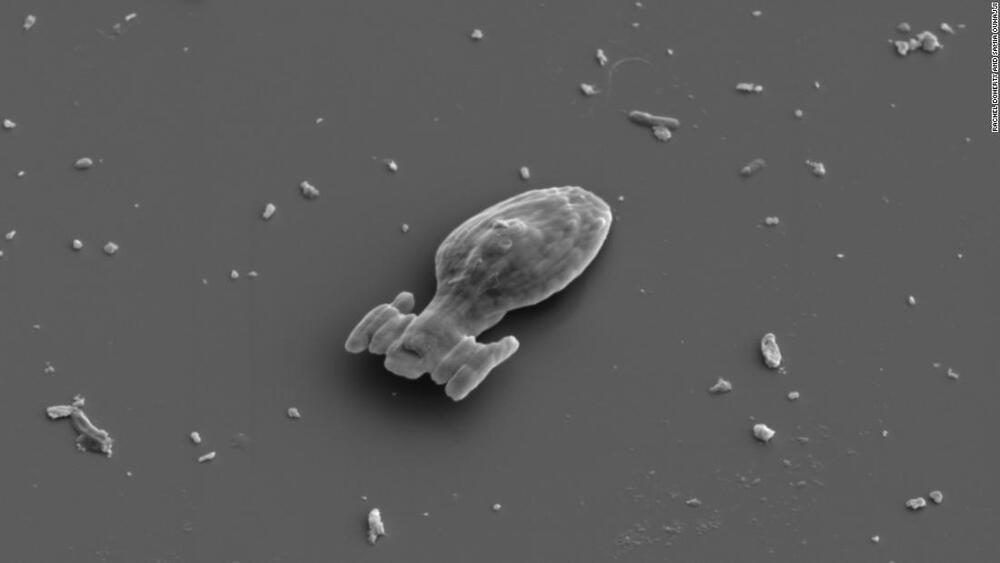CNBC’s Morgan Brennan joins The News with Shepard Smith to report that Russia is refusing to deliver satellites to space without guarantees they won’t be used against Moscow in its war against Ukraine.
Get the latest international news and world events from around the world.

3Drag: the 3D printer for chocolate and food
Choco 3Drag for printing of three-dimensional shapes with chocolate.



Scientists 3D print microscopic Star Trek spaceship that moves on its own
Circa 2020 o.o!
A team of physicists at a university in the Netherlands have 3D-printed a microscopic version of the USS Voyager, an Intrepid-class starship from Star Trek.
The miniature Voyager, which measures 15 micrometers (0.015 millimeters) long, is part of a project researchers at Leiden University conducted to understand how shape affects the motion and interactions of microswimmers.
Microswimmers are small particles that can move through liquid on their own by interacting with their environment through chemical reactions. The platinum coating on the microswimmers reacts to a hydrogen peroxide solution they are placed in, and that propels them through the liquid.


Selecting the right structural materials for fusion reactors
Do two promising structural materials corrode at very high temperatures when in contact with “liquid metal fuel breeders” in fusion reactors? Researchers of Tokyo Institute of Technology (Tokyo Tech), National Institutes for Quantum Science and Technology (QST), and Yokohama National University (YNU) now have the answer. This high-temperature compatibility of reactor structural materials with the liquid breeder—a lining around the reactor core that absorbs and traps the high energy neutrons produced in the plasma inside the reactor—is key to the success of a fusion reactor design.
Fusion reactors could be a powerful means of generating clean electricity, and currently, several potential designs are being explored. In a fusion reactor, the fusion of two nuclei releases massive amounts of energy. This energy is trapped as heat in a “breeding blanket” (BB), typically a liquid lithium alloy, surrounding the reactor core. This heat is then used to run a turbine and generate electricity. The BB also has an essential function of fusion fuel breeding, creating a closed fuel cycle for the endless operation of the reactors without fuel depletion.
The operation of a BB at extremely high temperatures over 1,173 K serves the attractive function of producing hydrogen from water, which is a promising technology for realizing a carbon-neutral society. This is possible because the BB heats up to over 1,173 K by absorbing the energy from the fusion reaction. At such temperatures, there is the risk of structural materials in contact with the BB becoming corroded, compromising the safety and stability of the reactors. It is thus necessary to find structural materials that are chemically compatible with the BB material at these temperatures.

Hybrid system produces electricity and irrigation water in the desert
In remote desert locations, at least two things are likely to be lacking: an electrical grid, and a source of water for agriculture. An experimental new system addresses both problems, by combining photovoltaic panels with an absorbent hydrogel.
Developed by scientists at Saudi Arabia’s King Abdullah University of Science and Technology (KAUST), the setup is known as the integrated water-electricity-crop co-production system – or WEC2P, for short.
It incorporates an array of connected photovoltaic panels, each one of which lies directly atop a layer of hydrogel. Both the panel and the gel form the lid of a downward-sloping metal box, which has a spout at the bottom.
